On a repositioning flight in 2004, two bored pilots decided to push their aircraft to its limit. The results of this experiment on Pinnacle Airlines Flight 3701 were disastrous.
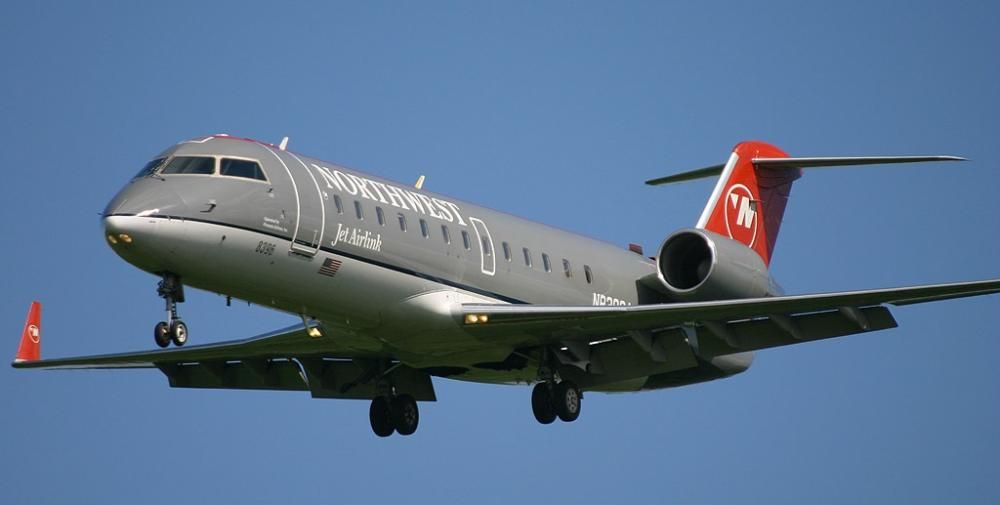
Repositioning Flight Gone Wrong
On October 14, 2004, a Pinnacle Airlines Bombardier CRJ-200 bound for Minneapolis aborted its takeoff from Little Rock Adams Field (Bill and Hillary Clinton International Airport) due to an alert message that arose as the aircraft was on takeoff roll. The plane, operated by Pinnacle Airlines for Northwest Airlink, was soon repaired after extensive delays.
At around 8:00 p.m. local time, a Pinnacle Airlines maintenance crew cleared the CRJ-200 to fly again. However, the next flight, the CRJ-200 (N8396A), was scheduled to operate out of Minneapolis the following morning. Northwest Airlink and Pinnacle Airlines decided for their pilots to perform a "repositioning flight" to Minneapolis (MSP). A "repositioning flight" is when airlines operate their planes between two cities without passengers or cabin crew to get the aircraft in position for its next flight.
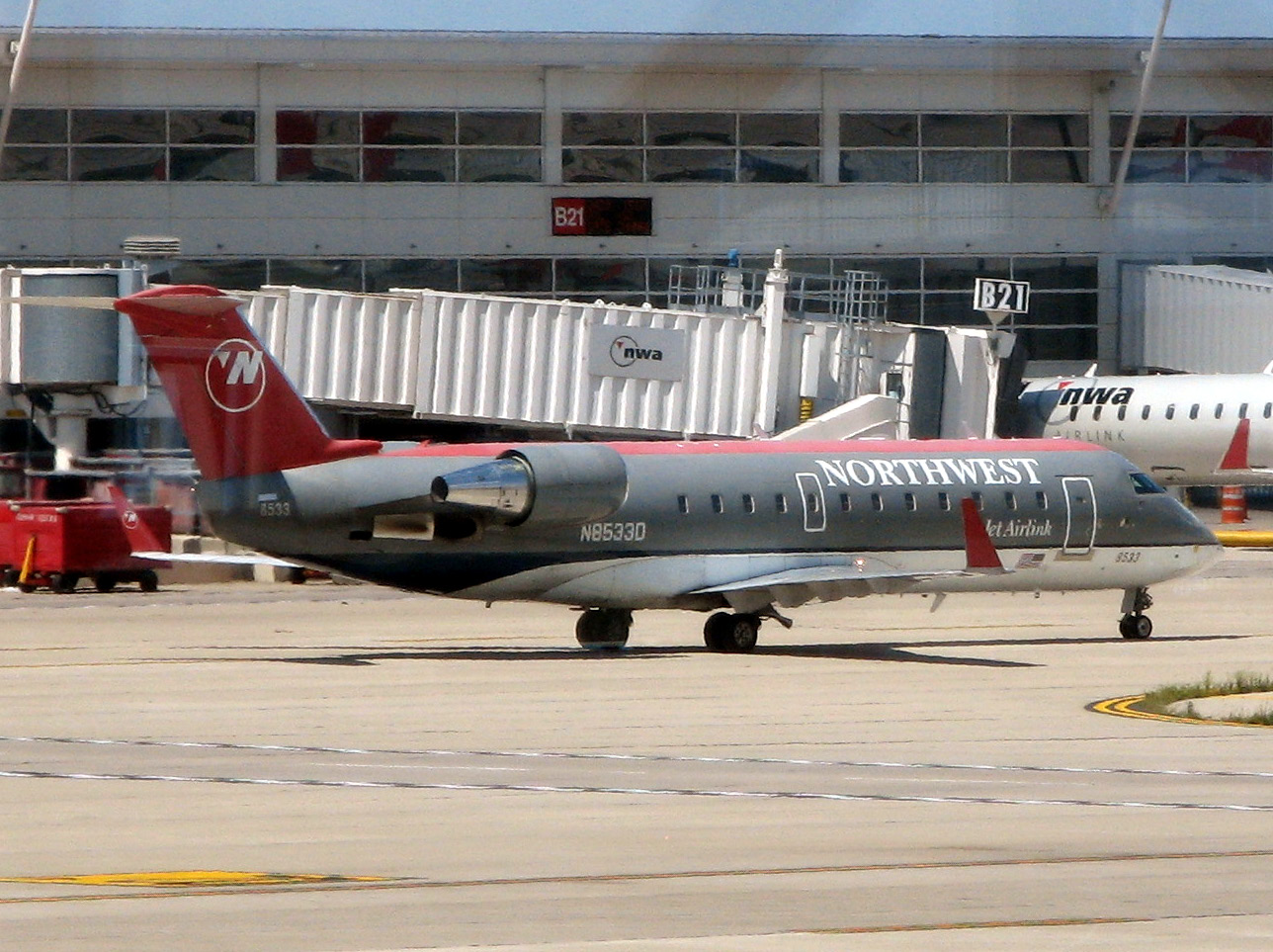
Captain Jesse Rhodes and First Officer Peter Cesarz were set to perform the repositioning flight. According to people who interacted with the two pilots before the repositioning flight, both were well-rested and prepared to operate the flight.
Planes that are flown without passengers or cargo tend to handle differently than when they are loaded with even a small amount of passengers and cargo. Pilots flying close to empty planes require less effort to manipulate their controls to turn and pitch their aircraft up and down. Due to this, the pilots of Flight 3701 would have had to implement extra care into the force placed on their controls.
Per the flight plan filed that day, the CRJ-200 involved in the incident was set to cruise at 33,000 feet.
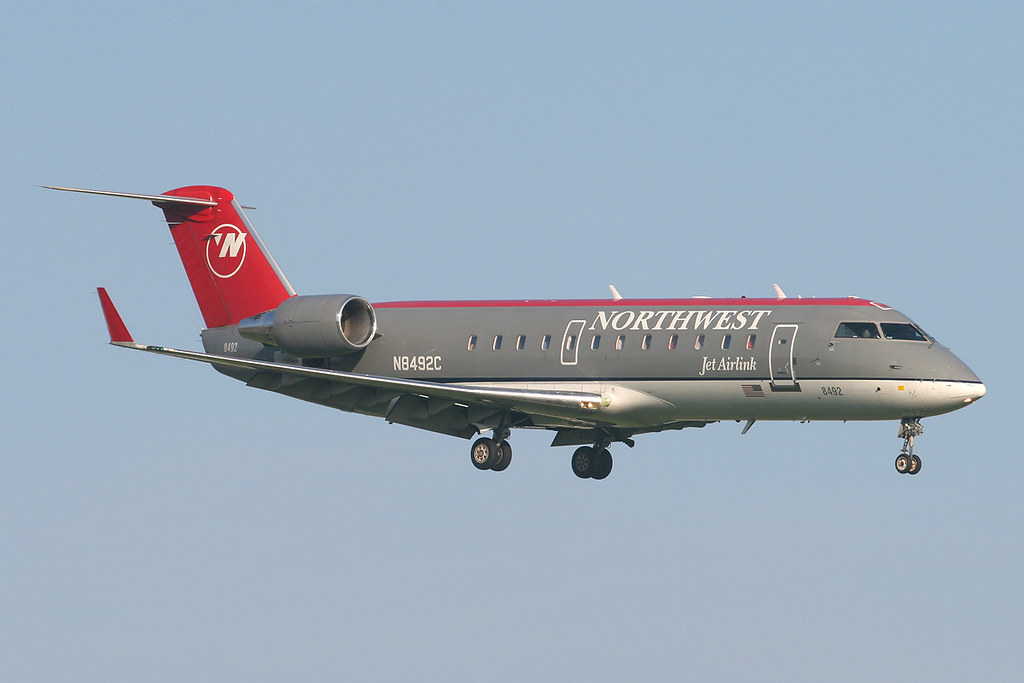
At around 9:30 p.m. local time, Flight 3701 departed from Little Rock and finally bound for Minneapolis. The takeoff roll would be the only normal part of flight 3701, as at an altitude of 400 feet and 5 seconds after takeoff, the pilots inputted the first of three separate high-pitch maneuvers during the ascent. During this first period of three higher-than-normal pitches, the CRJ-200 reached a pitch of 22 degrees and climbed at a rate of 3,000 feet per minute - around 1,500 feet per minute, more than usual for the aircraft type.
According to information later obtained from the flight data recorder, the pilots' erratic pitch maneuvers caused their yolk stick shakers to go off. In certain aircraft types, when the onboard computer senses an impending stall, the control column onboard will shake to notify pilots of an impending aerodynamic stall. During this maneuver, the captain of Flight 3701 turned off the alert by pushing down the control column, which pushed the nose of the plane down.
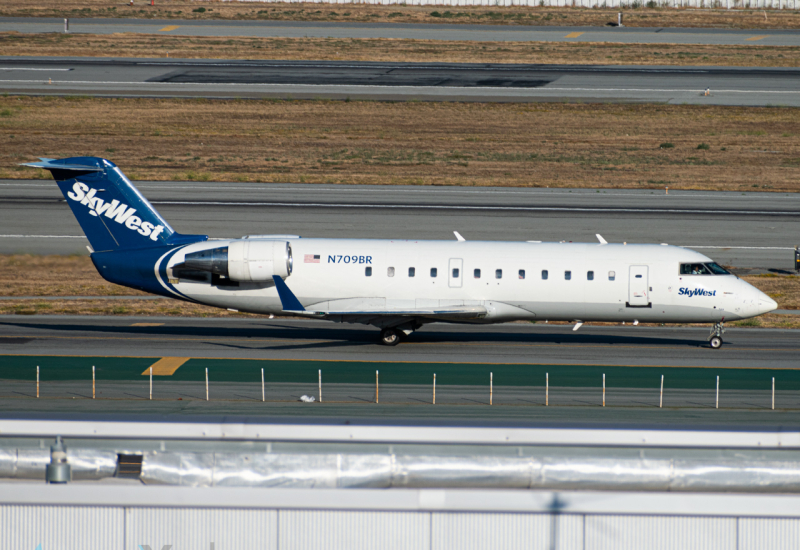
Soon after, at 14,000 feet, Captain Rhodes and First Officer Cesarz swapped seats, with the first officer sitting in the captain's seat and vice-versa. At around 15,000 feet, the autopilot was disengaged, presumably due to the completed seat swap.
The second of three drastic pitch maneuvers began. Like the first, the pilots pulled back drastically on their control columns, during which their small CRJ-200 climbed 10,000 feet per minute. For reference, some of the highest-performance passenger jets only climb at a maximum rate of around 3,500 to 4000 feet per minute. This climb occurred until flight 3701 leveled off at 24,600 feet to begin the third and last maneuver.
Once again, Captain Rhodes, the passenger regional jet, was pitched at an extreme pitch angle of 10 degrees (extreme considering the altitude), resulting in a brief 9,000 feet per minute climb.
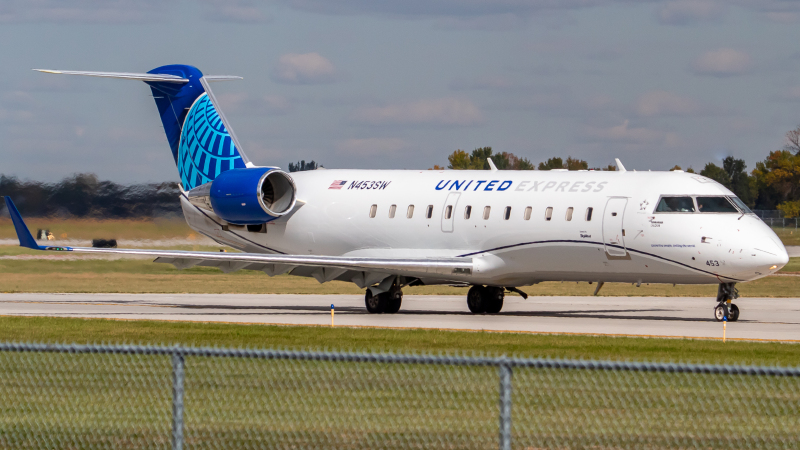
Upon reaching their designated cruising altitude as filed in their flight plan, the two (want to be tested) pilots on board decided that they would push the limits of their already very much stressed regional jet. The ATC transcript from that day shows that one of the pilots of flight 3107 asked Air Traffic Control to climb to 41,000 feet (FL 410) - the maximum flyable altitude of their CRJ-200. Air Traffic Control, not suspecting the pilots of any wrongdoing, approved this request.
The flight data recorder on the CRJ-200 showed that autopilot was engaged after this, as the CRJ-200 began to climb at a standard rate of 500 feet per minute. As the pilots watched their aircraft tick past 40,000 feet, Captain Rhodes could be heard saying, "Man, we can do it. Forty one it."
As their CRJ-200 leveled off at 41,000 feet, the pilots of flight 3701 were jubilant that they had joined the "410" club they had talked about on their ascent upwards to the altitude.
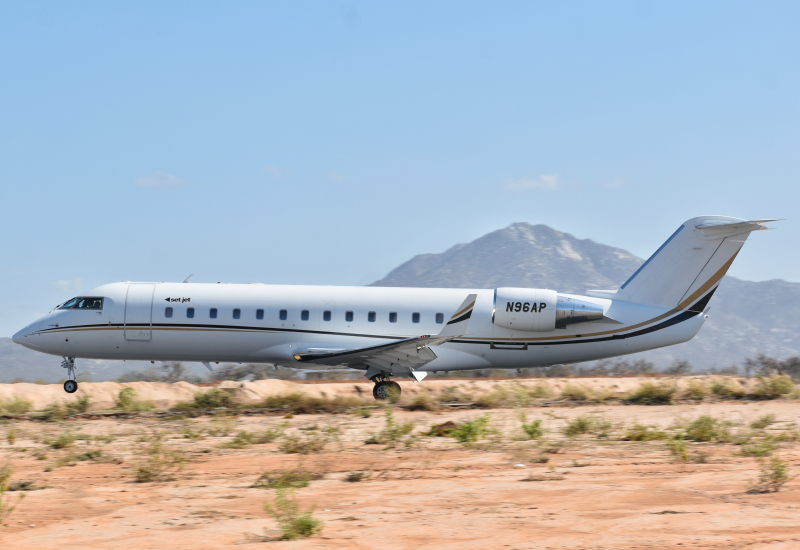
In Thin Air
At 41,000 feet, the air that jet engines "breathe" is thinner than that on the surface or at the normal cruising altitude an engine designed to operate in. Thus, plane jet engines must work harder to keep the aircraft at a safe cruising speed. At maximum cruising altitude, a plane must maintain a higher incidence angle to stay "level."
A conversation with the Kansas City Air Traffic Control Center with the pilots confirmed that the pilots had no valid reason besides "fun" to be at such a high cruising altitude.
Just one minute after their conversation with ATC, Captain Rhodes noticed that his aircraft was struggling to stay in the sky, saying to his first officer, "...we're losing here. We're gonna be...coming down in a second here...that's funny we got up here it won't stay up here..."
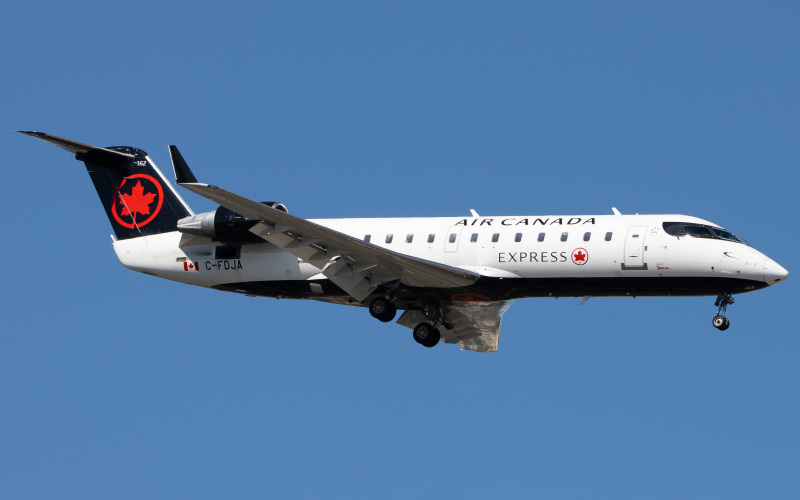
As the pilots of flight 3701 requested ATC to descend to a lower altitude, the cockpit stick shaker went off, indicating a stall. The pilots ignored the stick shaker warning by pushing down on the control column, leading to the first of multiple oscillations of the aircraft nose. The warning came a second time, and it was also ignored.
At the same time, the two air "breathing" jet engines in the back of the CRJ-200 began losing fuel flow, and the fan speed decreased. The thin air and extreme pitching up and down were simply too excessive for the two General Electric CF-34 engines, and they flamed out. Flight 3107 was now a glider at 41,000 feet and stalling.
The last recorded temperatures of the two CF-34 jet engines on flight 3107 showed that the engines were extremely over-stressed, with one of the engines having a measured temperature of over 500 degrees Celsius higher than the maximum allowable limit.
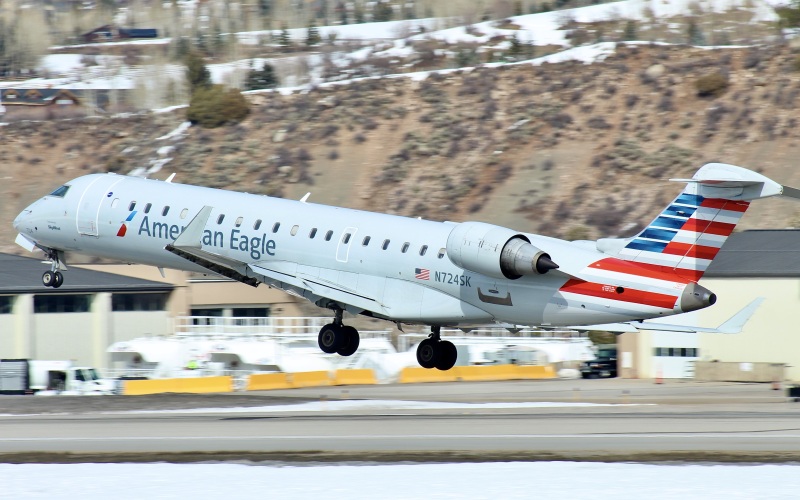
The "cores" turning the fan blades of the jet engines were now locked. The only way to restart them was to obtain a high enough speed or descend to 13,000 feet to use the Auxiliary Power Unit (APU) to restart the engines.
During the drastic descent from 41,000 feet, the captain did not ensure that his first officer was flying the aircraft at high enough speed for a "windmill" engine start procedure. At 13,000 feet, the pilots attempted to use the APU to restart the engines, but this failed. After refusing to divert for several minutes, the pilots of flight 3701 finally requested to make an emergency landing, citing a "single engine flameout."
Given four options, Captain Rhodes and First Officer Cesarz chose to make their landing at Jefferson City Airport (JEF) in Missouri. Seeing that they were not going to make it and gliding on no jet power, the pilots of flight 3107 chose to abort their approach on final and made a crash landing. Captain Rhodes and First Officer Cesarz died in the crash but injured or killed no one on the ground.
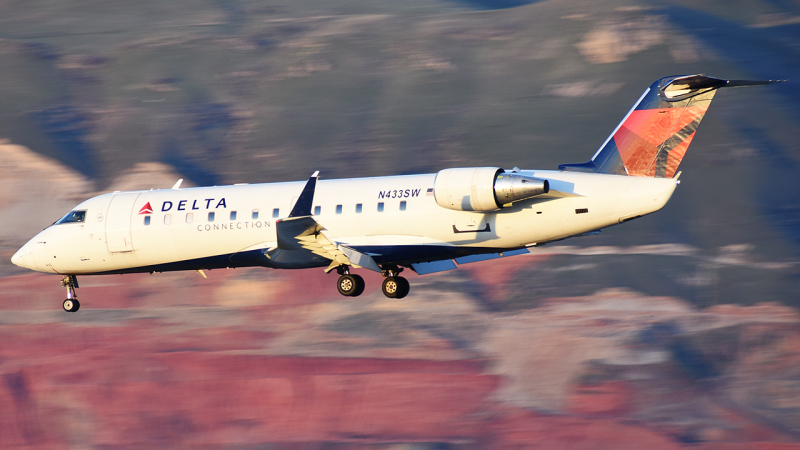
The crash Occurred Due to Pilot Negligence
All the events on flight 3701 could have been avoided without the pilot's playful attitudes and erratic control inputs. The amount of negligence and regard for the safety of their aircraft was made obvious by the actions of Captain Rhodes and First Officer Cesarz. While core-lock and engine failure partially contributed to the crash, they would not have occurred were it not for the pilots' poor airmanship.
In the aftermath of the crash, Pinnacle Airlines required all of their pilots to undergo simulator training depicting what happened on flight 3701. Still, since everything was fine with the aircraft in question (CRJ-200), no changes were made regarding Pinnacle Airlines aircraft operations. In 2012, Pinnacle Airlines filed for bankruptcy and was renamed Endeavor Air once the company exited bankruptcy. The company now flies primarily for Delta Air Lines.
Could You Survive a Plane Crash? The Unlikely Science of Plane Crash Survival » Export Development Canada Secures Aircraft Repossession in Nigeria Under Cape Town Convention » Maldivian Airlines Introduces First-Ever Widebody Aircraft, Plans New China Flights »
Comments (0)
Add Your Comment
SHARE
TAGS
STORIES Northwest Airlines Plane Crash Weather Bombardier CRJ-200 Regional Jet Incident Safety History Missouri Pinnacle Airlines Delta Air LinesRECENTLY PUBLISHED
 Could You Survive a Plane Crash? The Unlikely Science of Plane Crash Survival
With air travel consistently being heralded as the safest form of public transport, most of us do not board a plane pondering our chances of survival in the event of a crash. But, is it possible to survive one?
INFORMATIONAL
READ MORE »
Could You Survive a Plane Crash? The Unlikely Science of Plane Crash Survival
With air travel consistently being heralded as the safest form of public transport, most of us do not board a plane pondering our chances of survival in the event of a crash. But, is it possible to survive one?
INFORMATIONAL
READ MORE »
 Maldivian Airlines Introduces First-Ever Widebody Aircraft, Plans New China Flights
Maldivian, the government-owned national airline of the Maldives, has just welcomed its first-ever wide body aircraft: the Airbus A330-200. With the new aircraft, the carrier also plans brand-new long haul international flights to China.
NEWS
READ MORE »
Maldivian Airlines Introduces First-Ever Widebody Aircraft, Plans New China Flights
Maldivian, the government-owned national airline of the Maldives, has just welcomed its first-ever wide body aircraft: the Airbus A330-200. With the new aircraft, the carrier also plans brand-new long haul international flights to China.
NEWS
READ MORE »
 Thousands of Flights Impacted as Winter Storm Blair Hits U.S.
Winter Storm Blair has unleashed a huge blast of snow, ice, and freezing temperatures across the Central and Eastern United States.
As of Sunday afternoon, over 6,700 flights and counting have been disrupted. This includes cancelations and significant delays leaving passengers scrambling to change flights and adjust travel plans.
NEWS
READ MORE »
Thousands of Flights Impacted as Winter Storm Blair Hits U.S.
Winter Storm Blair has unleashed a huge blast of snow, ice, and freezing temperatures across the Central and Eastern United States.
As of Sunday afternoon, over 6,700 flights and counting have been disrupted. This includes cancelations and significant delays leaving passengers scrambling to change flights and adjust travel plans.
NEWS
READ MORE »





